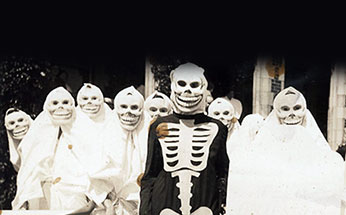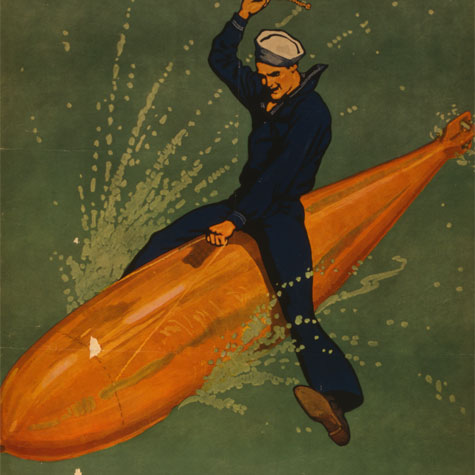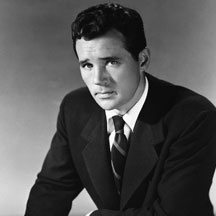Peter Lorre (26 June 1904 – 23 March 1964) was an Austrian-American actor.
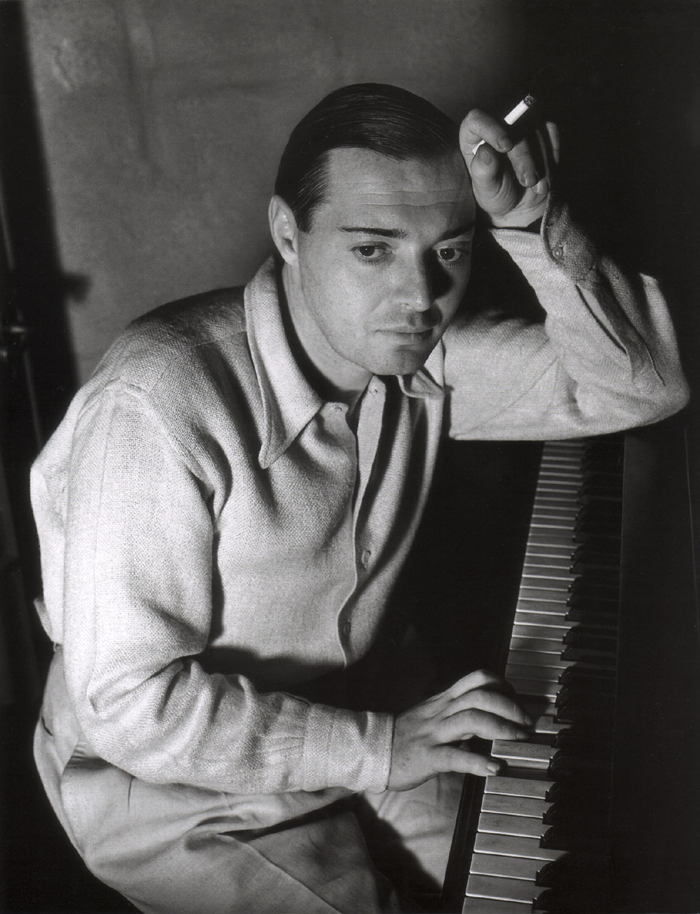
Lorre caused an international sensation with his portrayal of a serial killer who preys on little girls in the German film M (1931). He later became a popular featured player in Hollywood crime films and mysteries (in particular with Humphrey Bogart and Sydney Greenstreet), and, though frequently typecast as a sinister foreigner, became star of the successful Mr. Moto detective series.
Early Life
Lorre was born László Löwenstein on 26 June 1904, as the first child of Jewish couple Alajos Löwenstein and Elvira Freischberger, in the Austrian-Hungarian town of Ružomberok in present-day Slovakia, then known by its Hungarian name Rózsahegy. His parents had recently moved there, following his father's appointment as chief bookkeeper at a local textile mill. Besides working as a bookkeeper, Alajos Löwenstein also served as a lieutenant in the Austrian army reserve, which meant that he was often away on military maneuvers.[1] When Lorre was four years old, his mother died, probably of food poisoning, leaving Alajos with three very young sons, the youngest only a couple of months old. He soon remarried, to his wife's best friend, Melanie Klein, with whom he had two more children. However, Lorre and his stepmother never got along, and this colored his childhood memories.[1]
At the outbreak of the Second Balkan War in 1913, Alajos moved the family to Vienna, anticipating that this would lead to a larger conflict and that he would be called up. He was, at the outbreak of World War I in 1914, and served on the Eastern front during the winter of 1914-1915, before being put in charge of a prison camp due to heart trouble.[2]
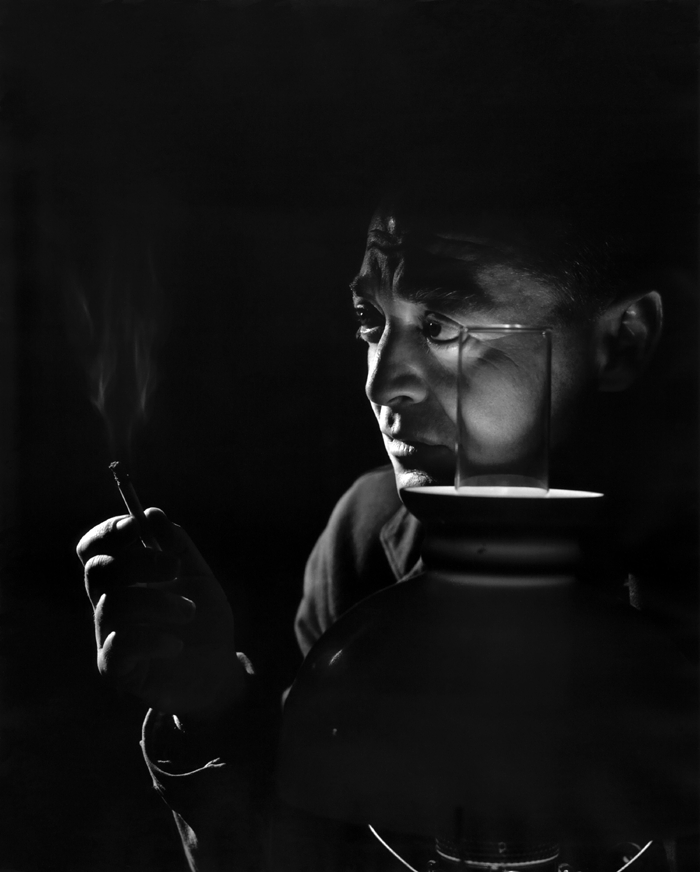
Acting Career
In Europe (1922-1935)
Lorre began acting on stage in Vienna at the age of 17, where he worked with the Viennese Art Nouveau artist and puppeteer Richard Teschner. He then moved to the then German town of Breslau, and later to Zürich in Switzerland.
In the late 1920s, the young and short (165 cm (5 ft 5 in)) actor moved to Berlin, where he worked with German playwright Bertolt Brecht, including a role in Brecht's Mann ist Mann and as Dr Nakamura in the musical Happy End (music by composer Kurt Weill), alongside Brecht's wife Helene Weigel and co-stars Carola Neher, Oskar Homolka and Kurt Gerron.
The actor became much better known after director Fritz Lang cast him as a child killer in the film M (1931). In 1932 he appeared alongside Hans Albers in the science fiction film F.P.1 antwortet nicht about an artificial island in the mid-Atlantic.
When the Nazis came to power in Germany in 1933, Lorre took refuge first in Paris and then London, where he was noticed by Ivor Montagu, Alfred Hitchcock's associate producer for The Man Who Knew Too Much (1934), who reminded the director about Lorre's performance in M. They first considered him to play the assassin in the film, but wanted to use him in a larger role, despite his limited command of English at the time,[3] which Lorre overcame by learning much of his part phonetically. He also was featured in Hitchcock's Secret Agent (1936).
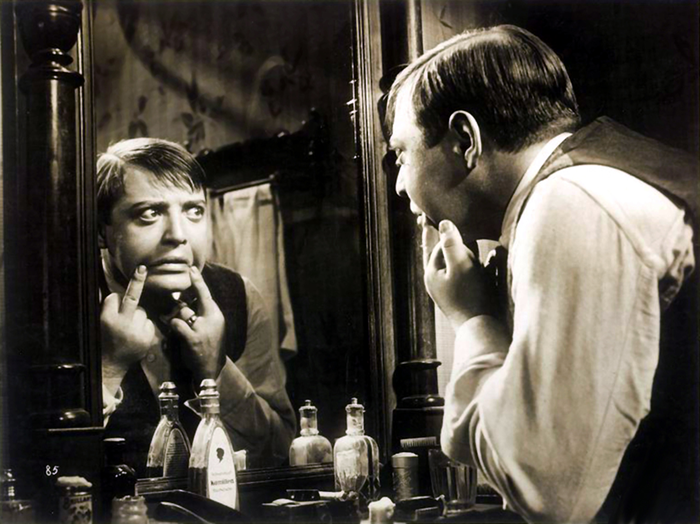
Hollywood (1935-1964)
Lorre soon settled in Hollywood, where he specialized in playing sinister foreigners, beginning with Mad Love (1935), directed by Karl Freund. He starred in a series of Mr. Moto movies, a parallel to the better known Charlie Chan series, in which he played John P. Marquand's character, a Japanese detective and spy. He did not enjoy these films — and twisted his shoulder during a stunt in Mr. Moto Takes a Vacation — but they were lucrative for the studio. In 1939, he was cast in the role performed by Basil Rathbone in Son of Frankenstein; Lorre was forced to decline the part owing to illness. In 1940, Lorre co-starred with fellow horror actors Bela Lugosi and Boris Karloff in the Kay Kyser movie You'll Find Out.
Lorre enjoyed considerable popularity as a featured player in Warner Bros. suspense and adventure films. Lorre played the role of Joel Cairo in The Maltese Falcon (1941) and portrayed the character Ugarte in Casablanca (1942).[4] Lorre made nine movies altogether with Sydney Greenstreet counting The Maltese Falcon and Casablanca, most of them variations on the latter film, including Background to Danger (1943, with George Raft); Passage to Marseille (1944, reuniting them with Casablanca stars Humphrey Bogart and Claude Rains); The Mask of Dimitrios (1944, with character actor Greenstreet receiving top billing); The Conspirators (1944, with Hedy Lamarr and Paul Henreid); Hollywood Canteen (1944); Three Strangers (1946), a suspense film about three people who are joint partners on a winning lottery ticket starring top-billed Greenstreet, Geraldine Fitzgerald, and third-billed Lorre cast against type by director Jean Negulesco as the romantic lead; and Greenstreet and Lorre's final film together, suspense thriller The Verdict (1946), director Don Siegel's first movie, with Greenstreet and Lorre finally billed first and second, respectively.
Lorre also branched out (without Greenstreet) into comedy with the role of Dr. Einstein in Frank Capra's version of Arsenic and Old Lace (released in 1944), and starring Cary Grant and Raymond Massey. In 1941, Peter Lorre became a naturalized citizen of the United States.
Writing in 1944, film critic Manny Farber described what he called Lorre's "double-take job," a characteristic dramatic flourish "where the actor's face changes rapidly from laughter, love or a security that he doesn't really feel to a face more sincerely menacing, fearful or deadpan."[5]
After World War II, Lorre's acting career in Hollywood experienced a downturn, whereupon he concentrated on radio and stage work. In Germany he co-wrote, directed and starred in Der Verlorene (The Lost One, 1951), an art film in the film noir idiom. He then returned to the United States where he appeared as a character actor in television and feature films, often parodying his 'creepy;' image.
In 1954, he was the first actor to play a James Bond villain when he portrayed Le Chiffre in a television adaptation of Casino Royale, opposite Barry Nelson as an American James Bond. (In the spoof-film version of Casino Royale, British comedian Ronnie Corbett comments that SMERSH includes among its agents not only Le Chiffre, but also "Peter Lorre and Bela Lugosi".) Lorre starred alongside Kirk Douglas and James Mason in 20,000 Leagues under the Sea (1954) around this time.
In 1959, Lorre appeared in NBC's espionage drama Five Fingers, starring David Hedison, in the episode "Thin Ice". He appeared in a supporting role in the 1961 film, Voyage to the Bottom of the Sea and, in the same year, he was interviewed on the NBC program Here's Hollywood. In this period he worked with Roger Corman on several low-budget films, including two of the director's Edgar Allen Poe cycle (Tales of Terror, 1962 and The Raven, 1963).
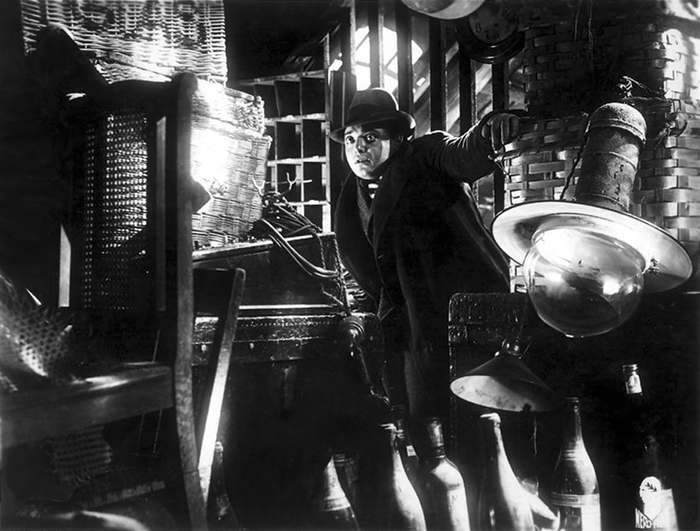
Marriages and Family
He was married three times: Celia Lovsky (1934 – 13 March 1945, divorced); Kaaren Verne (25 May 1945 – 1950, divorced) and Anne Marie Brenning (21 July 1953 – 23 March 1964, his death). In 1953, Brenning bore his only child, Catharine. In later life, Catharine made headlines after serial killer Kenneth Bianchi confessed to police investigators after his arrest that he and his cousin and fellow "Hillside Strangler" Angelo Buono, disguised as police officers, had stopped her in 1977 with the intent of abducting and murdering her, but let her go upon learning that she was the daughter of Peter Lorre. It was only after Bianchi was arrested that Catharine realized whom she had met.[6] Catharine died in 1985 of complications arising from diabetes.[7]
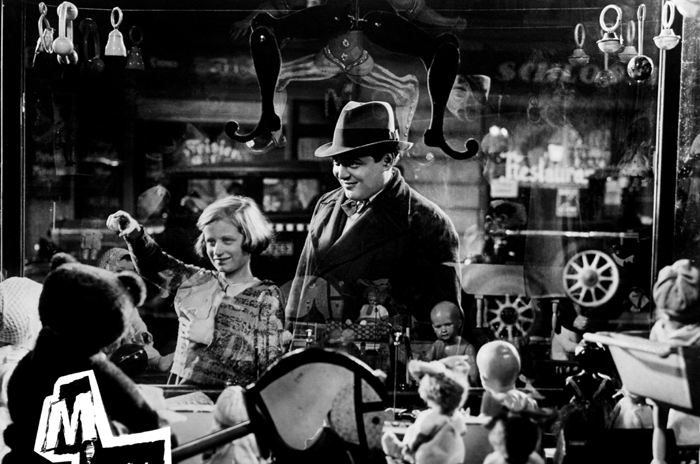
Health and Death
Lorre had suffered for years from chronic gallbladder troubles, for which doctors had prescribed morphine. Lorre became trapped between the constant pain and addiction to morphine to ease the problem. It was during the period of the Mr. Moto films that Lorre struggled and overcame his addiction.[8]
Abruptly gaining a hundred pounds in a very short period and never fully recovering from his addiction to morphine, Lorre suffered many personal and career disappointments in his later years. He died in 1964 of a stroke. Lorre's body was cremated and his ashes were interred at the Hollywood Forever Cemetery in Hollywood. Vincent Price read the eulogy at his funeral.[9]
Lorre has a star on the Hollywood Walk of Fame, at 6619 Hollywood Boulevard.
Lorre's distinctive accent and large-eyed face became a favorite target of comedians and cartoonists. In particular, several Warner Bros. cartoons used a caricature of Lorre's face with an impression by Mel Blanc, including Birth of a Notion, Hair-Raising Hare and Racketeer Rabbit. An additional impression is Howard Morris' voicing of the character Weirdly Gruesome in several episodes of "The Flintstones" dating from about 1964.
In 1963 actor Eugene Weingand, who was unrelated to Lorre, attempted to trade on his slight resemblance to the actor by changing his name to "Peter Lorie", but his petition was rejected by the courts. After Lorre's death, however, he referred to himself as Lorre's son.[10] The incident was dramatized in Peter Lorre vs. Peter Lorre, a 45-minute radio play written/produced by Michael Button, directed by Toby Swift and broadcast on BBC Radio 4's Afternoon Play on 10 May 2010 and again on 11 January 2013. The cast starred Stephen Greif as Peter Lorre, Peter Marinker as Lester Salkow, Kerry Shale as Robert Shutan, John Chancer as Curtis Gemmil, Helen Longworth, Kenneth Collard, Nathan Osgood and John Rowe.
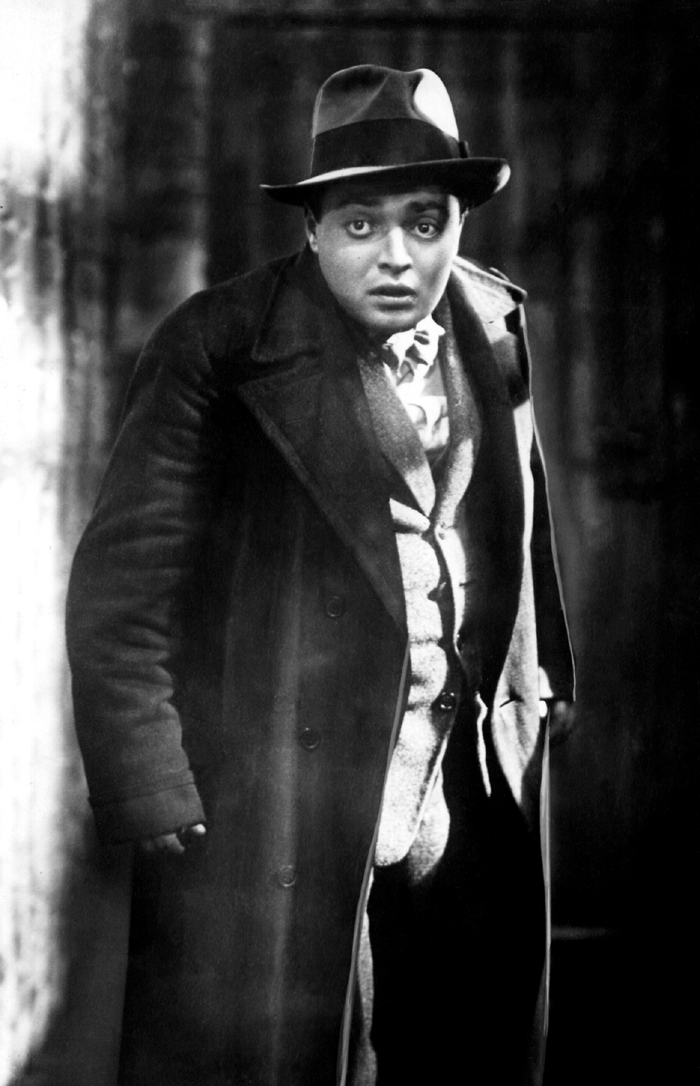
Books and Comics
In the early 1940s, the adventures of Batman and Robin appeared in daily newspapers. One story, The Two-Bit Dictator of Twin Mills, drawn by Batman co-creator Bob Kane, featured a hitman called Jojo who was, according to writer Al Schwartz, made to look like Lorre.[11]
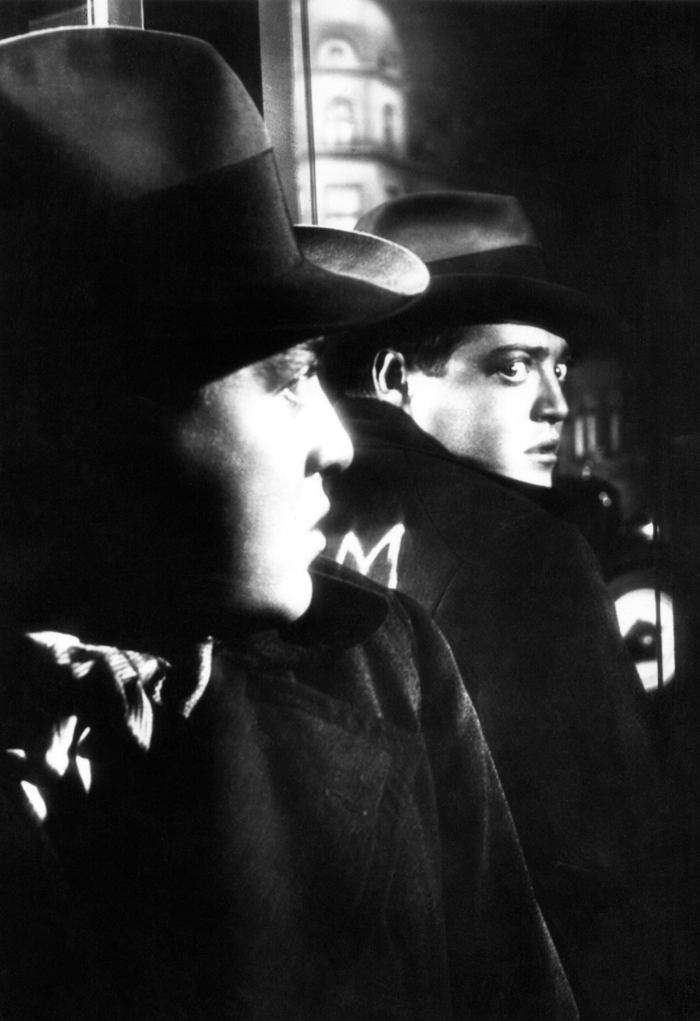
Films, Television, and Music
Al Stewart referenced Peter Lorre in the first verse of his 1976 hit single, "Year of the Cat": On a morning from a Bogart movie/in a country where they turn back time/you go strollng (strolling) through the crowd like Peter Lorre contemplating a crime.
Musician and filker Tom Smith won a Pegasus award for Best Classic Filk Song in 2006 entitled "I Want to be Peter Lorre" which appears on his filk album "Homecoming: MarCon 2005", which includes his vocal impersonation of the actor.[12]
The Jazz Butcher's song "Peter Lorre" was first featured on the group's Conspiracy album, which was released in May 1986.[13]
The stop motion film Corpse Bride features "The Maggot", a small green worm who lives inside the title character's head. His features and voice (provided by Enn Reitel) are caricatures of Peter Lorre. "From the very beginning Tim wanted the Maggot to be a Peter Lorre-esque character, and we had a good time working with that and it went through various design changes," said co-director Mike Johnson in the book Tim Burton's Corpse Bride: An Invitation to the Wedding.
On September 11, 2007 Brooklyn-based punk band The World/Inferno Friendship Society released a full-length album about Lorre called Addicted to Bad Ideas: Peter Lorre's Twentieth Century, which traces Lorre's film career, drug addiction, and death. It has been performed at the Famous Spiegeltent. The album was subsequently adapted into a multi-media stage production directed by Jay Scheib, which premiered at Webster Hall in New York City on January 9, 2009, and went on to play major arts festivals around the world, including Spoleto Festival USA (Charleston, SC), Luminato Festival (Toronto), Noorderzon Festival (Groningen, Holland) and Theaterformen (Hanover, Germany).
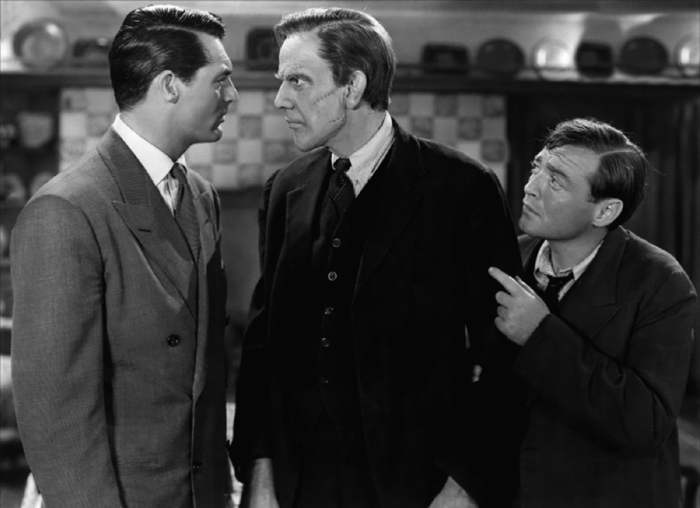
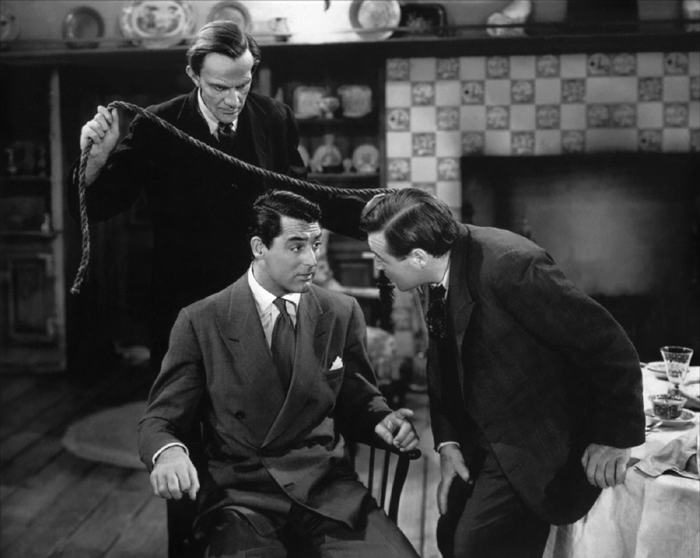
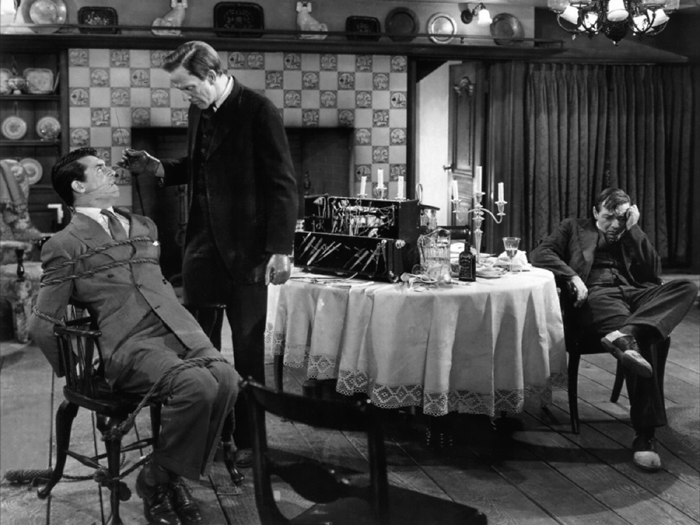
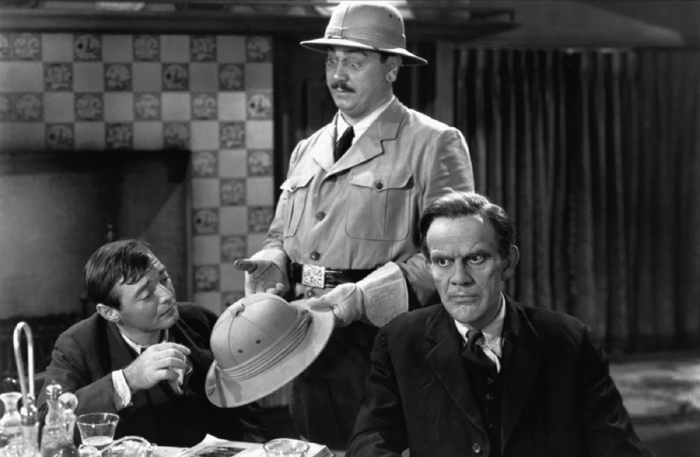
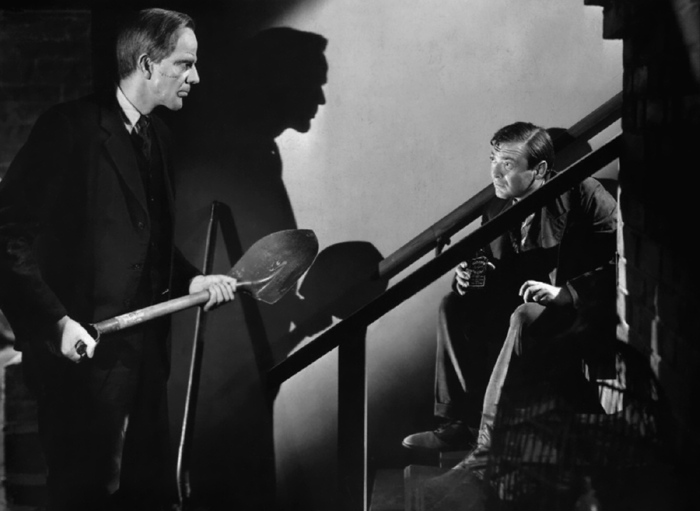
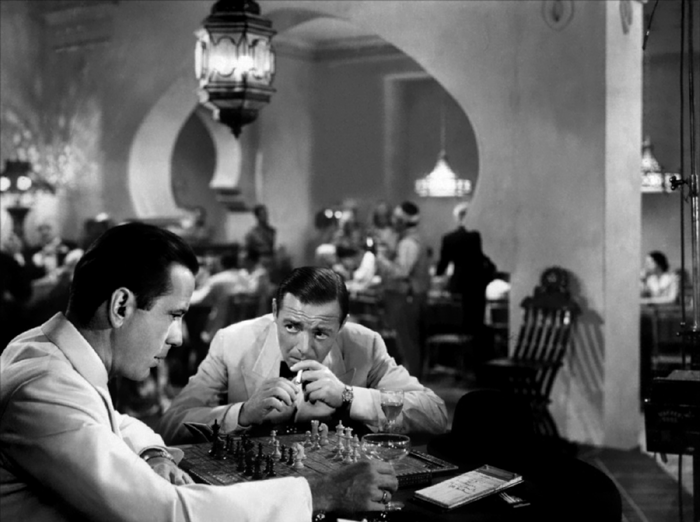
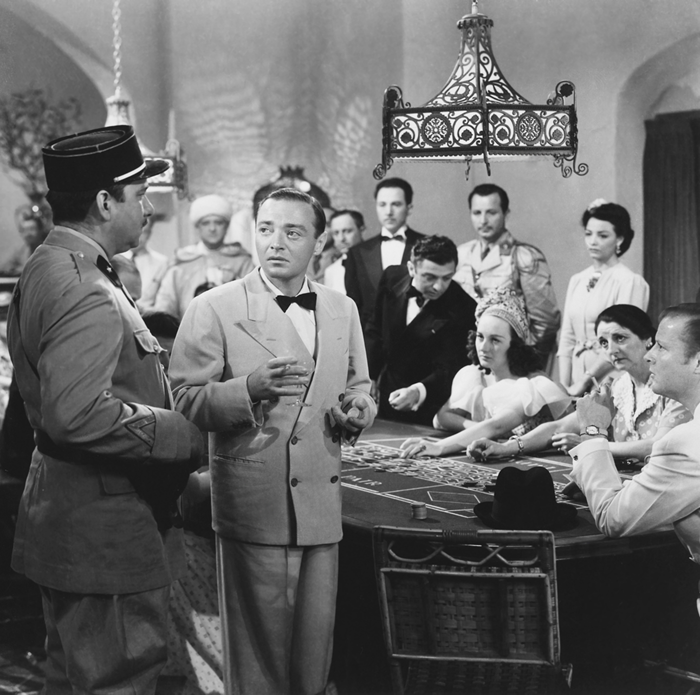
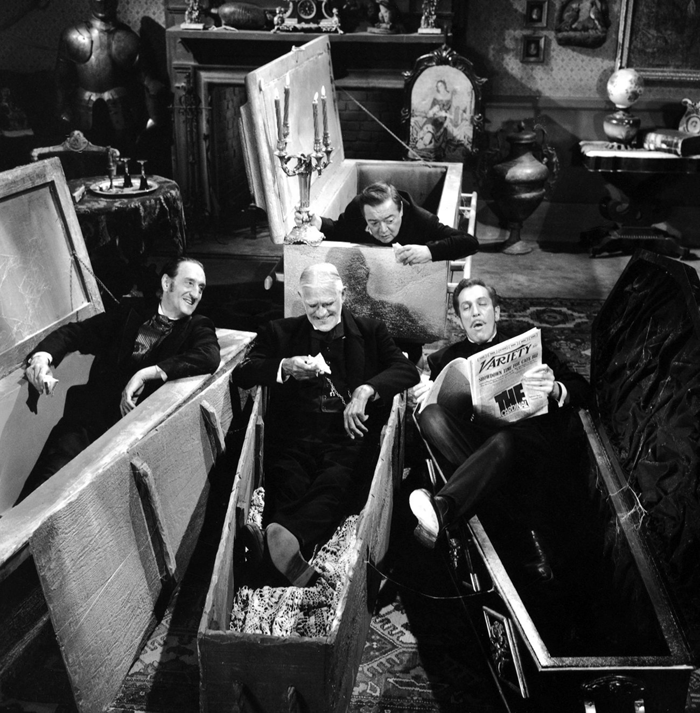
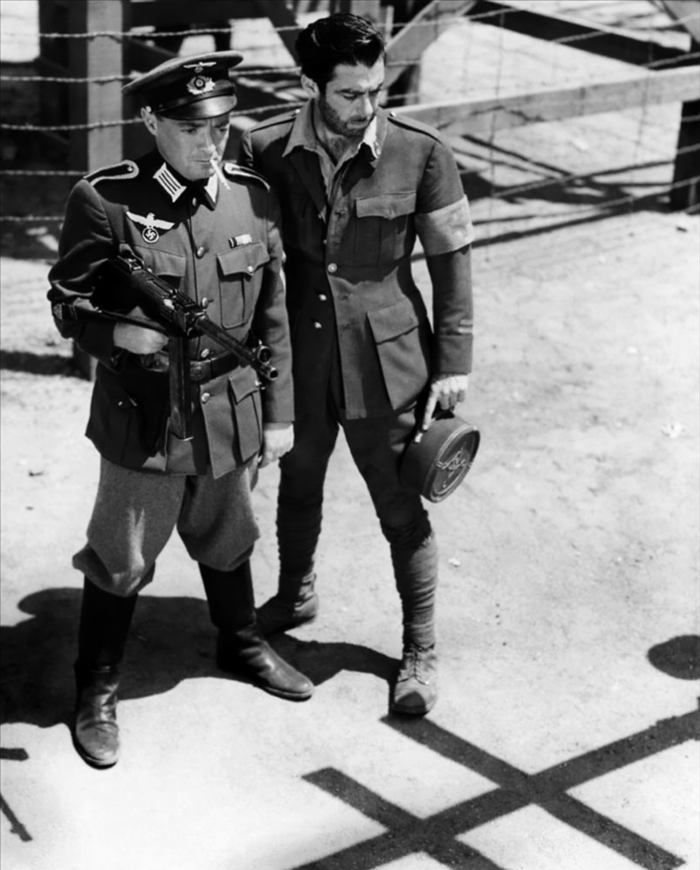
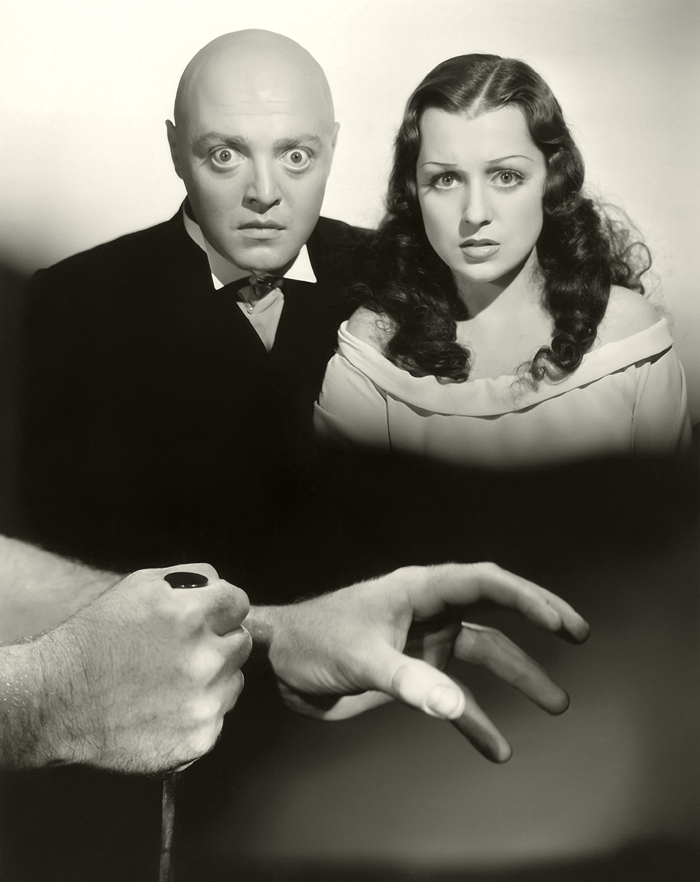
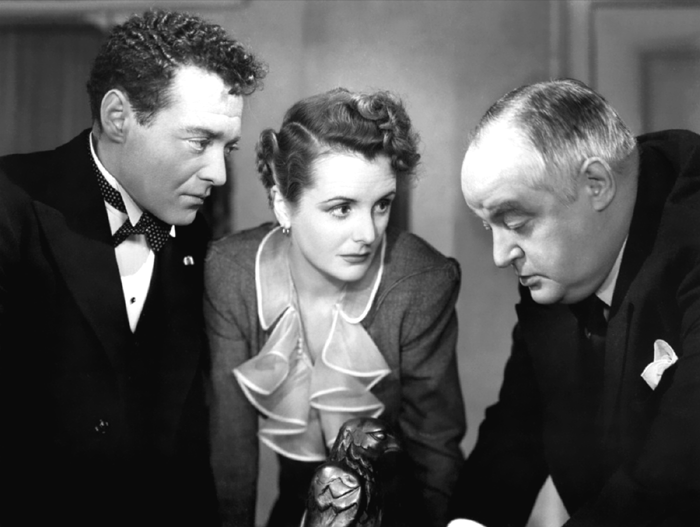
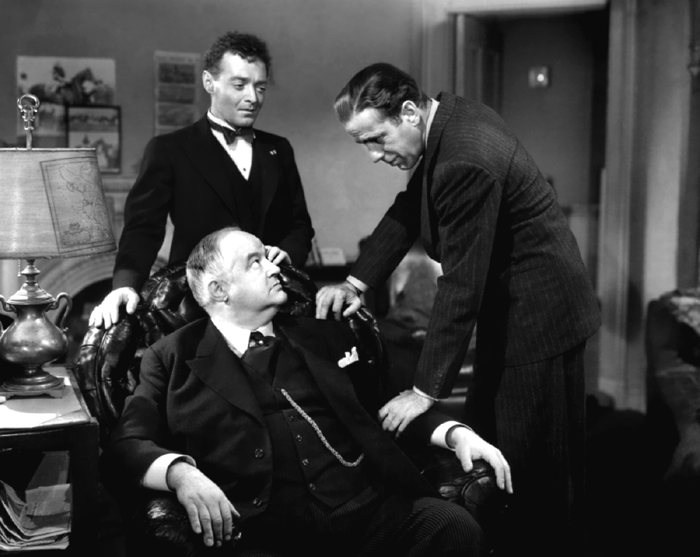
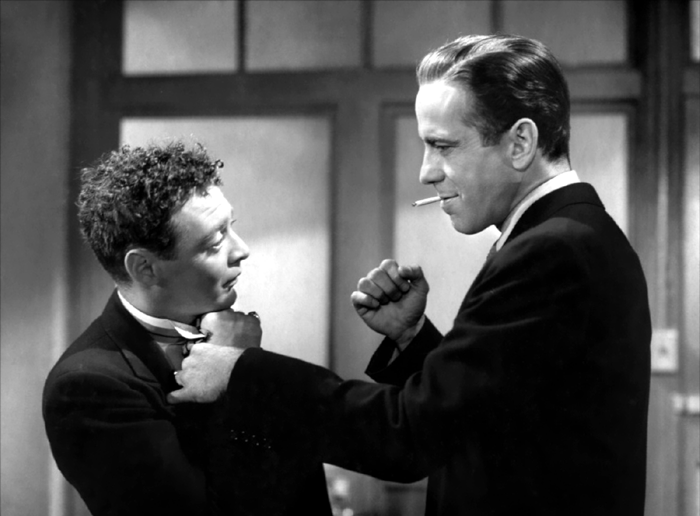
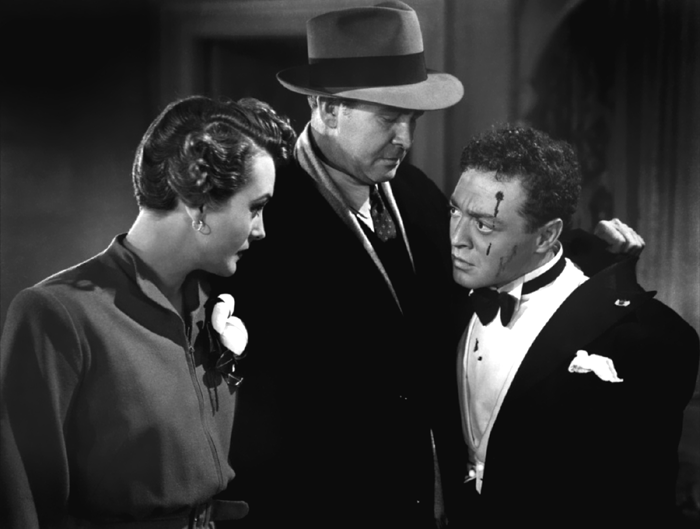
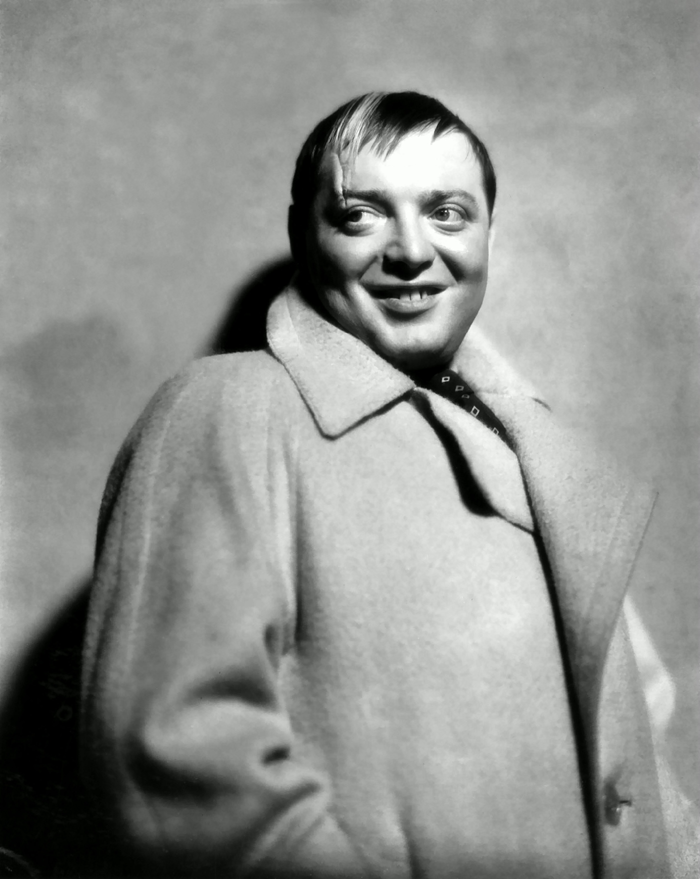
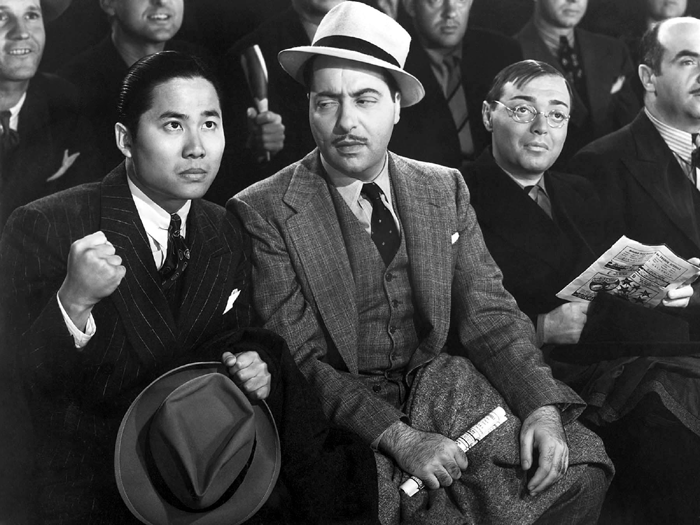
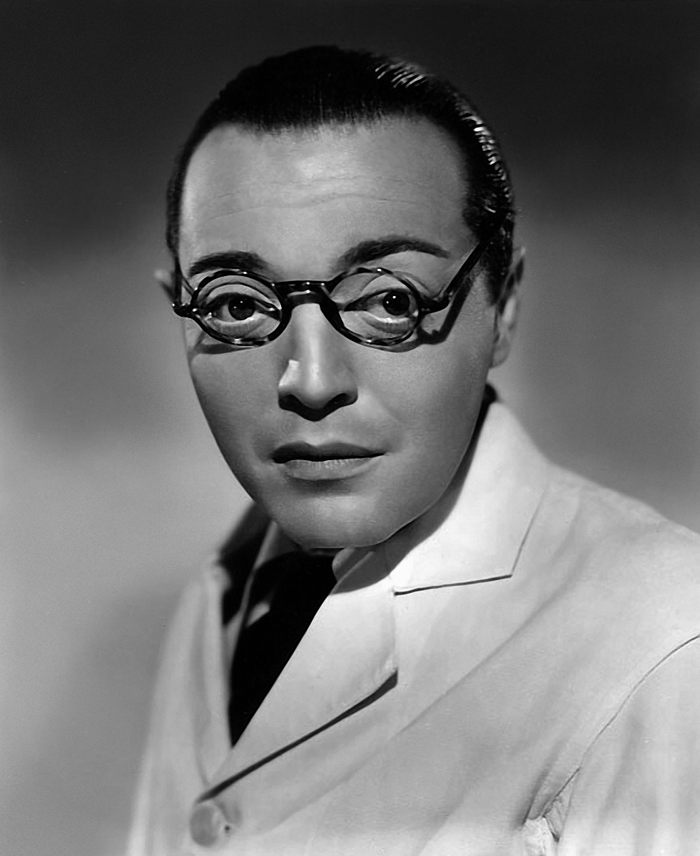
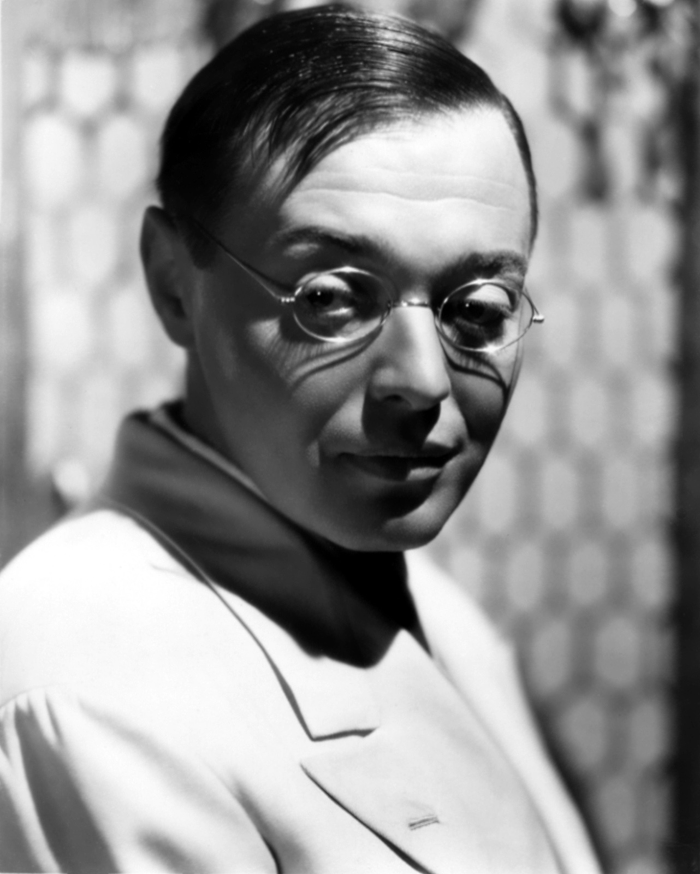
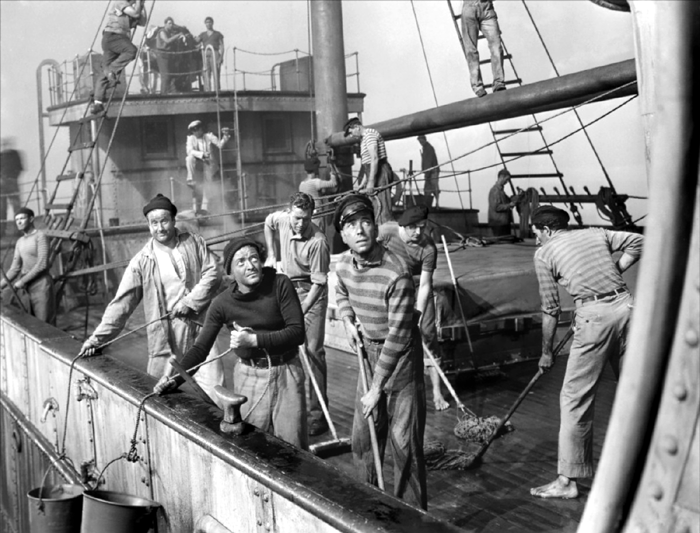
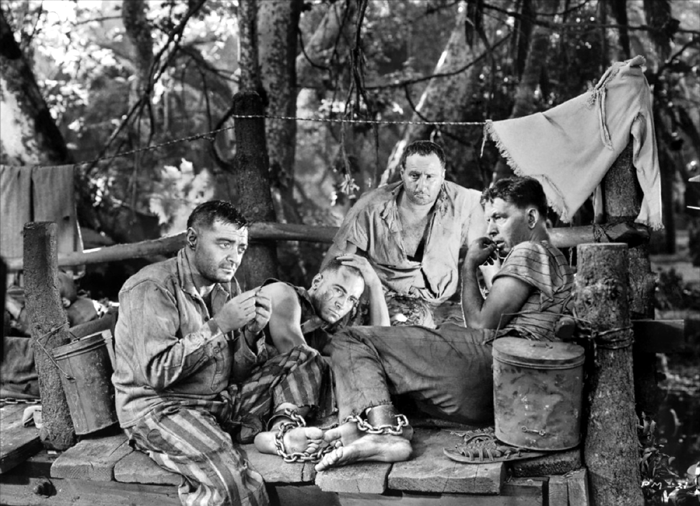
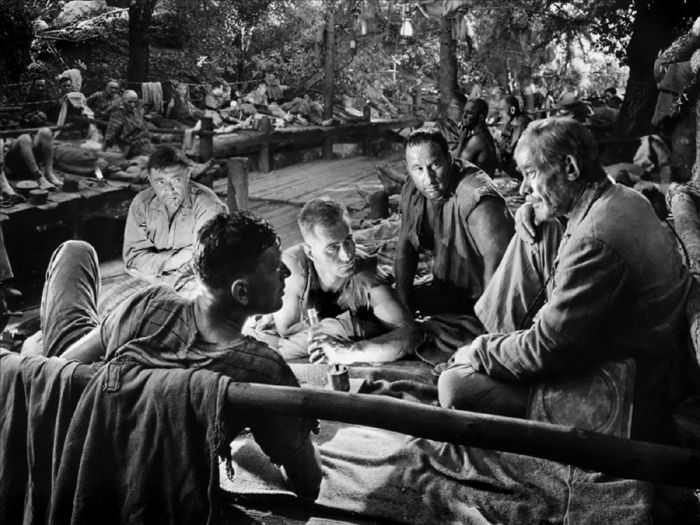
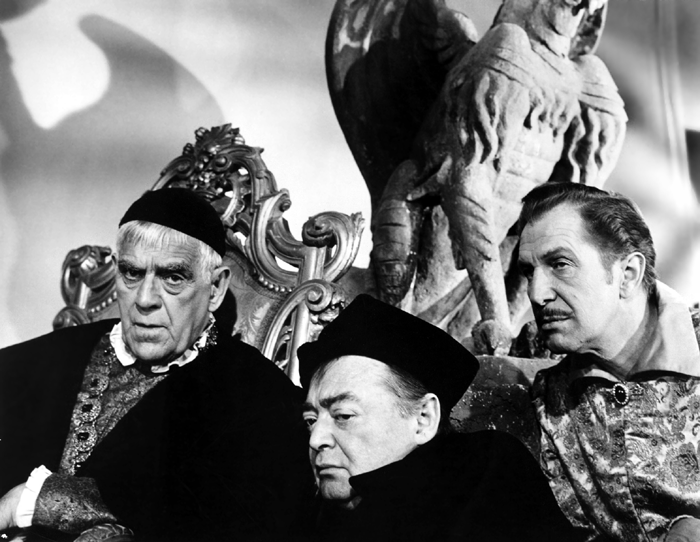
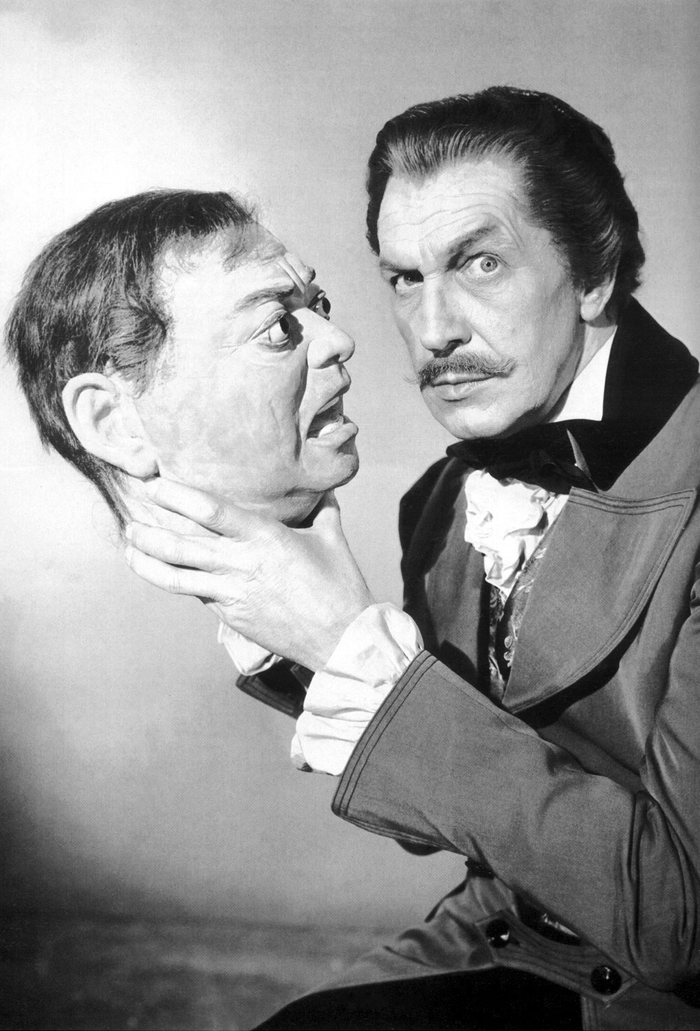
One's Media Peter Lorre's Collections:

OLD TIME RADIO - CD-ROM - 50 mp3 Lorre was born as László Löwenstein into a Jewish family in Rózsahegy (Hungarian), Rosenberg (German), Kingdom of Hungary, part of Austria-Hungary, now Ružomberok, Slovakia. His parents were Alois Loewenstein and Elvira Freischberger....

OLD TIME RADIO - CD-ROM - 14 mp3 Total Time: 6:47:40 Mr. Moto is a fictional Japanese secret agent created by the American author John P. Marquand. He appeared in six novels by Marquand published between 1935 and 1957. Marquand initially created the character for the Saturday Evening Post, which...

OLD TIME RADIO - CD-ROM - 8 mp3 After World War II, Lorre's acting career in Hollywood experienced a downturn, whereupon he concentrated on radio and stage work. In Germany he co-wrote, directed and starred in Der Verlorene (The Lost One) (1951), a critically acclaimed art film in the film...

OLD TIME RADIO - CD-ROM - 90 mp3 Total Time: 40:21:58 Mystery Playhouse was an AFRS horror program broadcast overseas for soldiers during WWII. Peter Lorre provided tongue in cheek introductions to popular rebroadcasts of shows like The Whistler, Inner Sanctum Mysteries and others. The regular...

OLD TIME RADIO - CD-ROM - 6 mp3 "Out of the Dark of Night, from the shadows of the senses comes this, the Fantasy of Fear--'Nightmare' . . . starring your exciting guide to terror, Peter Lorre." One of Radio's 'Masters of the Macabre,' Peter Lorre, was a plum...
References
-
Notes
-
^ a b Stephen D. Youngkin: The Lost One: A Life of Peter Lorre (2005), (pages 5 and 6)
-
^ Stephen D. Youngkin: The Lost One: A Life of Peter Lorre (2005), (pages 7 and 8)
-
^ "The Man Who Knew Too Much (1934)". Tcm.com. Retrieved 2009-06-11.
-
^ Ugarte is a small part, but a crucial one: it is he who gives Rick the 'Letters of Transit', taken from two German couriers, to hold. Rick assumes that Ugarte killed the couriers to get the letters, and tells Ugarte that he is "a little more impressed" with him.
-
^ Farber, Manny, The New Republic, July 10, 1944
-
^ Schwarz, Ted. The Hillside Strangler, p. 212. Quill Driver Books. 2004. ISBN 1-884956-37-8
-
^ http://www.findagrave.com/cgi-bin/fg.cgi?page=pv&GRid=6456994&PIpi=20314347
-
^ "Peter Lorre" on Classic Images past issues, 1998
-
^ Youngkin, Stephen D. (2005). The Lost One: A Life of Peter Lorre. University Press of Kentucky. p. 448. ISBN 0-8131-2360-7.
-
^ Youngkin, Stephen D. (2005). The Lost One: A Life of Peter Lorre. University Press of Kentucky. p. 443. ISBN 0-8131-2360-7. "After the actor's death, however, he brazenly began passing himself off as Lorre's son, repeatedly contradicting his earlier testimony."
-
^ Batman: The Dailies 1944-1945, ISBN 0-87816-130-9, ISBN 978-0-87816-130-0
-
^ "Lyrics: I Want To Be Peter Lorre". Tom Smith Online. Retrieved 2009-06-11.
-
^ Conspiracy (album) – The Jazz Butcher (official website).
-





